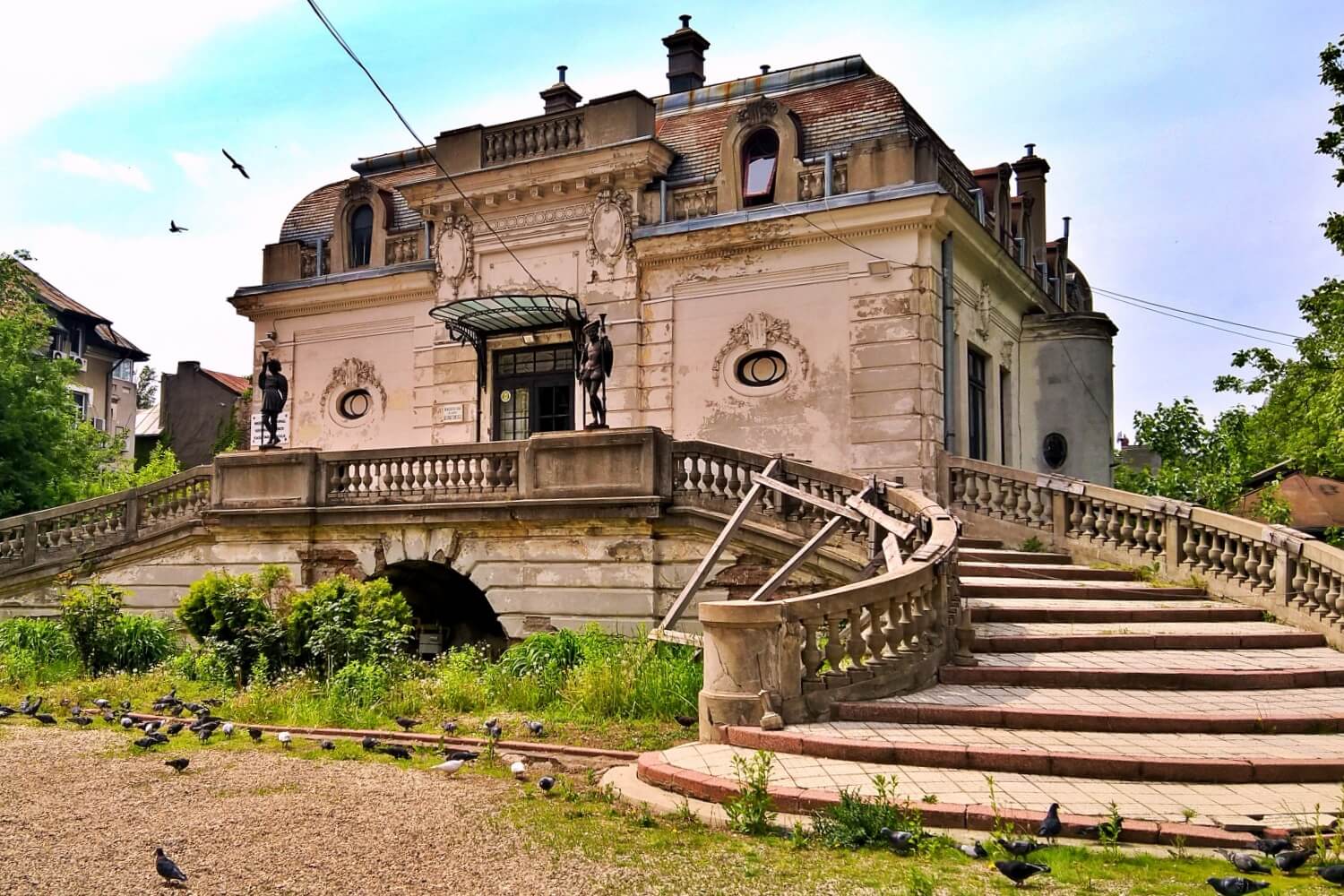Cantacuzino Palace
Municipiul București București Romania
manor, mansion
Palatul Cantacuzino (București)
Municipiul București București Romania
manor, mansion
Cantacuzino palota
Municipiul București București Romania
manor, mansion
Cantacuzino Palace is located on Calea Victoriei no
Palatul Cantacuzino este situat pe Calea Victoriei nr
1679-ben Șerban Cantacuzino, Havasalföld uralkodója (1678-1688), a Cotroceni dombon kolostort alapít, tőle északra pedig uradalmi épületeket emel, amelyeket még Constantin Brâncoveanu is használ
Previous names
Cantacuzino Palace, Palatul Cantacuzino (București), Cantacuzino palota
Description
Cantacuzino Palace is located on Calea Victoriei no. 141, Bucharest, Romania. It was built by architect Ion D. Berindey in the Beaux Arts style, having a few Rococo Revival rooms. Today it houses the George Enescu museum.
History
The palace was built in 1901–1902 for Gheorghe Grigore Cantacuzino, mayor of Bucharest and former prime-minister, after the plans of Ion D. Berindey, in the French Beaux Arts style. After his death, the building was inherited by his son Mihail G. Cantacuzino, who died prematurely in 1929. Mihail's wife Maria remarried in December 1939 with music composer George Enescu. On 10th August 1913, at the end of the Second Balkan War, the Treaty of Bucharest was signed here. The building – known as Cantacuzino Palace at the time – also hosted the Presidency of the Council of Ministers in the eve of World War II.
After the death of George Enescu in 1955, his wife stated in her will that the palace would host a museum dedicated to the artist. In 1956, The National Museum George Enescu was established.
Description
The exterior and most of the rooms are Beaux Arts, the rest being Rococo Revival. The two lions at the entrance, and the gates and fences, in the Louis XIV style, give the building a princely look. The palace had the fame of a place in Bucharest where balls were held. For the decoration of the interiors, Gheorghe Grigore Cantacuzino turned to the most famous artists of the time: George Demetrescu Mirea, Nicolae Vermont and Costin Petrescu. Nicolae Vermont made six medallions (oil on canvas embossed on the wall), three of which were signed and dated 1907. Five of the six medallions are placed above the doors in the hallway that led to the rooms to the right of the entrance. Two of them, Shepherd with Sheep (Cioban cu Oile) and Peasant Woman with Vessel (Țărăncuță cu Cofă), are directly inspired by the work of Nicolae Grigorescu, under whose influence was their author.
In present day, about only five rooms can be visited, the rest being occupied by some institutions.
Palatul Cantacuzino este situat pe Calea Victoriei nr. 141, în București. A fost construit de arhitectul Ion D. Berindey în stilul Beaux Arts, având și câteva camere neorococo. Azi găzduiește muzeul George Enescu.
Istoric
Palatul a fost construit între 1901 și 1902 după planurile arhitectului Ion D. Berindey în stilul francez Beaux Arts, pentru Gheorghe Grigore Cantacuzino, fost președinte al Consiliului de Miniștri, poreclit „Nababul” pentru fabuloasa sa avere. După moartea „Nababului”, clădirea a revenit fiului său Mihai care, decedând în 1929, a lăsat-o prin testament soției sale Maruca, recăsătorită în decembrie 1939 cu George Enescu. Palatul Cantacuzino a fost locul unde în 10 august 1913 s-a semnat Pacea de la București, de la finalul celui de al doilea Război Balcanic, prin care s-a stabilit ca România să preia Cadrilaterul. Edificiul a găzduit în perioada celui de-Al Doilea Război Mondial președinția Consiliului de Miniștri (guvernul român).
După moartea lui George Enescu în 1955, soția sa a declarat în testamentul ei că palatul va găzdui un muzeu dedicat artistului. În 1956, a fost înființat Muzeul Național George Enescu.
Medievistul Victor Eskenasy a semnalat în 2019 starea de degradare în care a ajuns întregul ansamblu al palatului. Casa memorială din spatele palatului, în care au trăit Enescu și Maruca Cantacuzino, a fost golită de obiectele muzeale și se află în pericol de prăbușire.
Descriere
Exteriorul și majoritatea camerelor sunt Beaux Arts, restul fiind neorococo. Cei doi lei de la intrare, precum și porțile și gardurile, în stilul Ludovic al XIV-lea, dau construcției un aspect princiar. Palatul avea faima unui loc din București unde se țineau baluri. Pentru decorarea interioarelor, Gheorghe Grigore Cantacuzino a apelat la cei mai renumiți artiști ai vremii: George Demetrescu Mirea, Nicolae Vermont și Costin Petrescu. Nicolae Vermont realizează șase medalioane (ulei pe pânză maruflată pe perete), dintre care trei semnate și datate 1907. Cinci dintre cele șase medalioane sunt plasate deasupra ușilor din holișorul care dădea în camerele din dreapta intrării. Două dintre ele, Cioban cu Oile și Țărăncuță cu Cofă, sunt inspirate direct din opera lui Nicolae Grigorescu, sub a cărui influența a stat autorul lor.
În prezent, aproximativ cinci camere pot să fie vizitate, restul fiind ocupate de niște instituții.
1679-ben Șerban Cantacuzino, Havasalföld uralkodója (1678-1688), a Cotroceni dombon kolostort alapít, tőle északra pedig uradalmi épületeket emel, amelyeket még Constantin Brâncoveanu is használ.
Jelentős átalakítások nyomán lett Barbu Dimitrie Ștribei uralkodó nyári rezidenciája, majd 1862-ben Alexandru Ioan Cuza uralkodónak alakítják át. A Cotroceni palota jelenlegi kinézetét I. Carol Hohenzollern-Sigmaringen király idejében éri el.
Ő székhellyé alakítja Ferdinand herceg, trónörökös és Maria hercegnő számára. Az új palota Paul Gottreau francia műépítész tervei alapján készült. Bár az építési munkálatok csak két évig tartottak (1893-1895), a belső rendezési munkálatok több évtizedig tartottak.
A kommunizmus rányomta bélyegét a palotára. 1947-ben miután Mihai királyt elűzik az országból, féktelen rablás indult: értékes könyveket égettek el, bútorokat hordtak szét, 1949-ben Pionírpalotává alakul az épület. 1977-ben földrengés tett kárt benne, de helyreállítása rögtön elkezdődött.
A 10 évig tartó munkálatok végén, közben 1984-ben a kolostor régi templomát is lebontatta, a palotából vendégház lett.
A forradalom után, 1990-ben a palota egyik szárnyában a Cotroceni Nemzeti Múzeum, másikban Románia elnöksége kapott helyet. A Cotroceni palota Románia elnökeinek székhelye.
https://www.welcometoromania.eu/
Useful information
Free
10.00 RON
Children, students: 5.00 RON
Seniors: 2.50 RON
0 - 6 years: free
- Free entrance on the 26th day of each month
- WC
office@georgeenescu.ro
- Closed on Mondays
- Guided tours: 1-10 pers: 50.00 RON; 11-20 pers: 100.00 RON
- Guided tours in foreign languages (English, French)
- Audio guide: 5.00 RON
- Photography: 30.00 RON
-
-
External links
Nearby castles
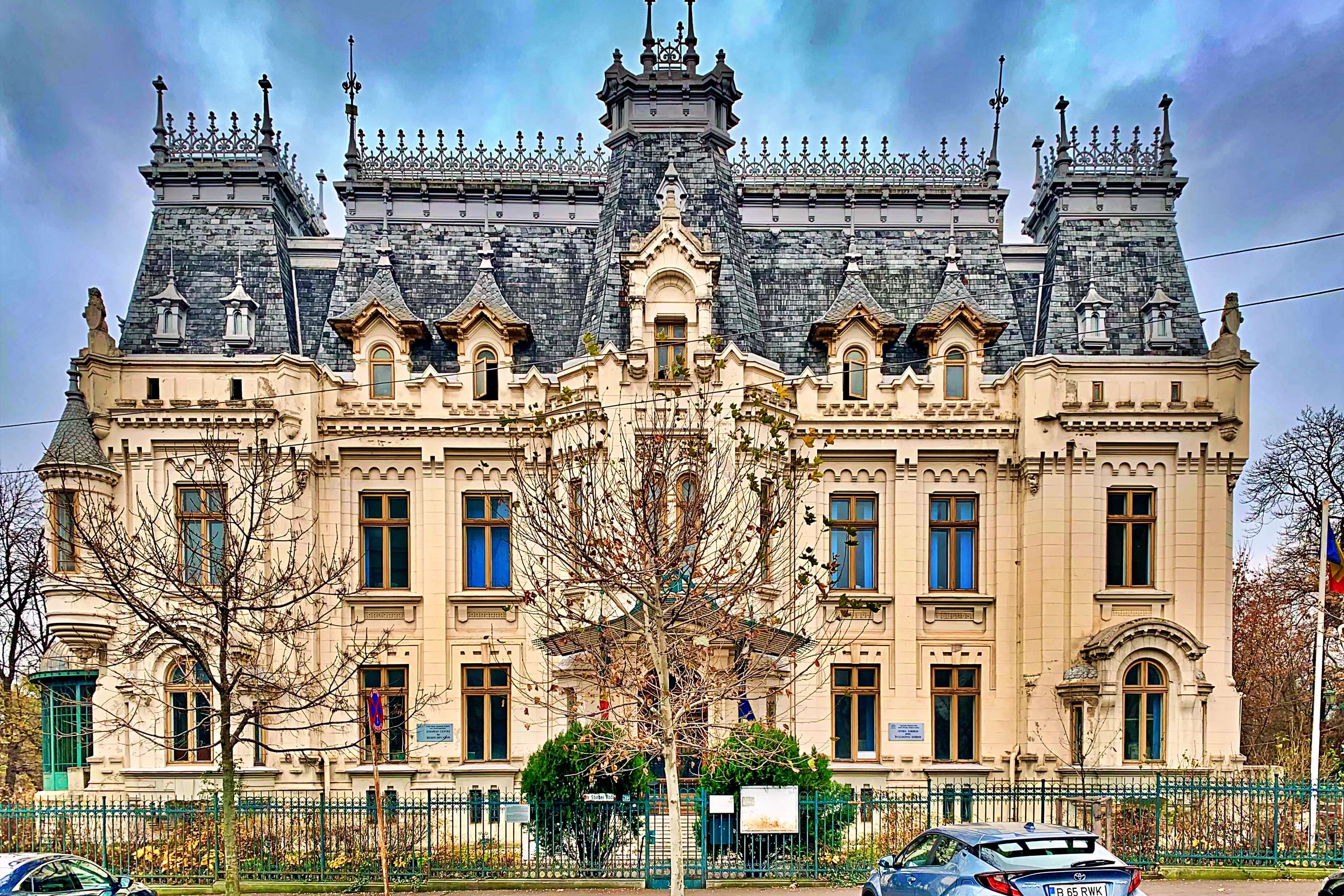
Crețulescu Palace
Municipiul București
1.0km
manor, mansion
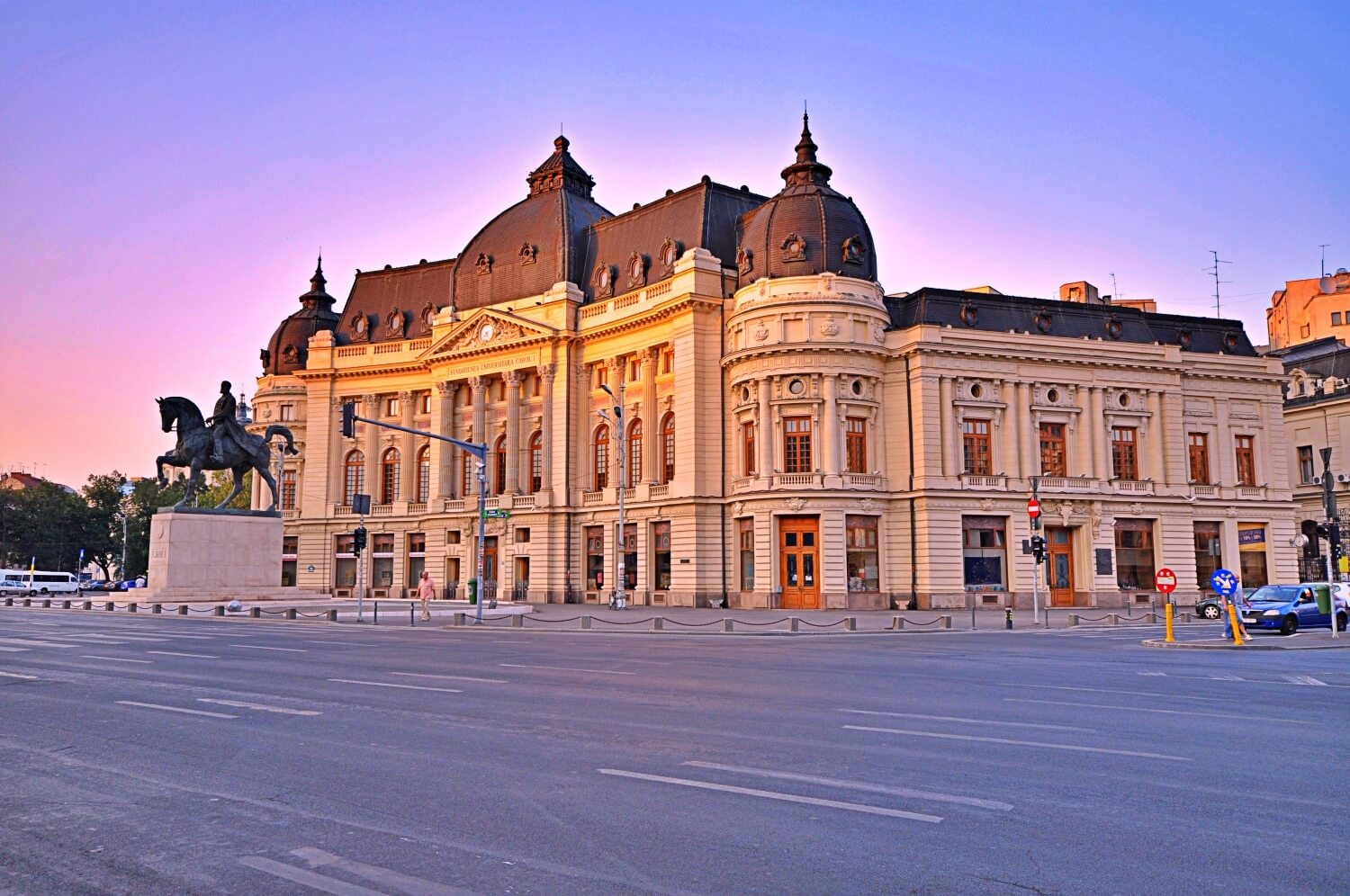
Central University Library (Bucharest)
Municipiul București
1.2km
castle, chateau
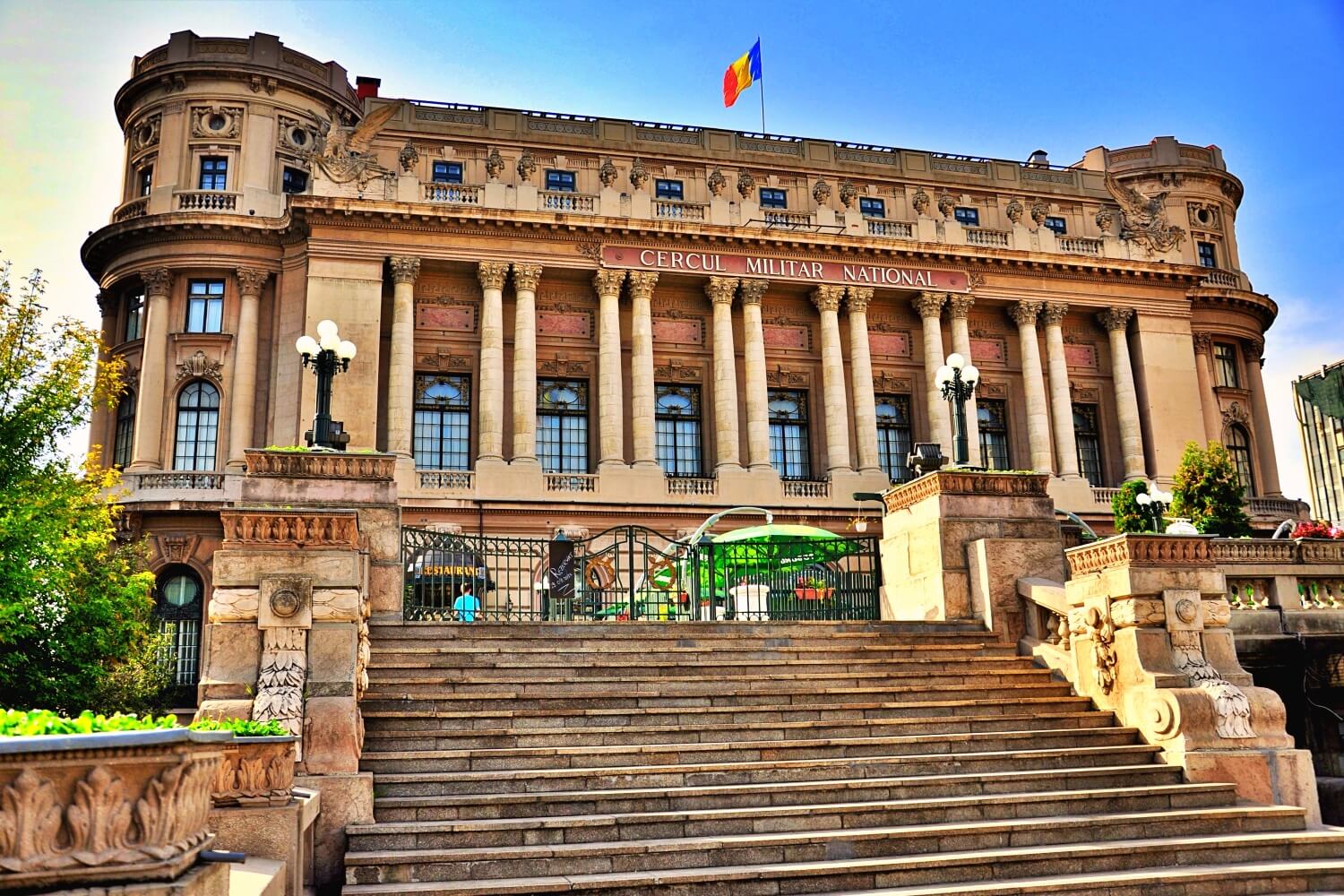
Palace of the National Military Circle
Municipiul București
1.7km
manor, mansion
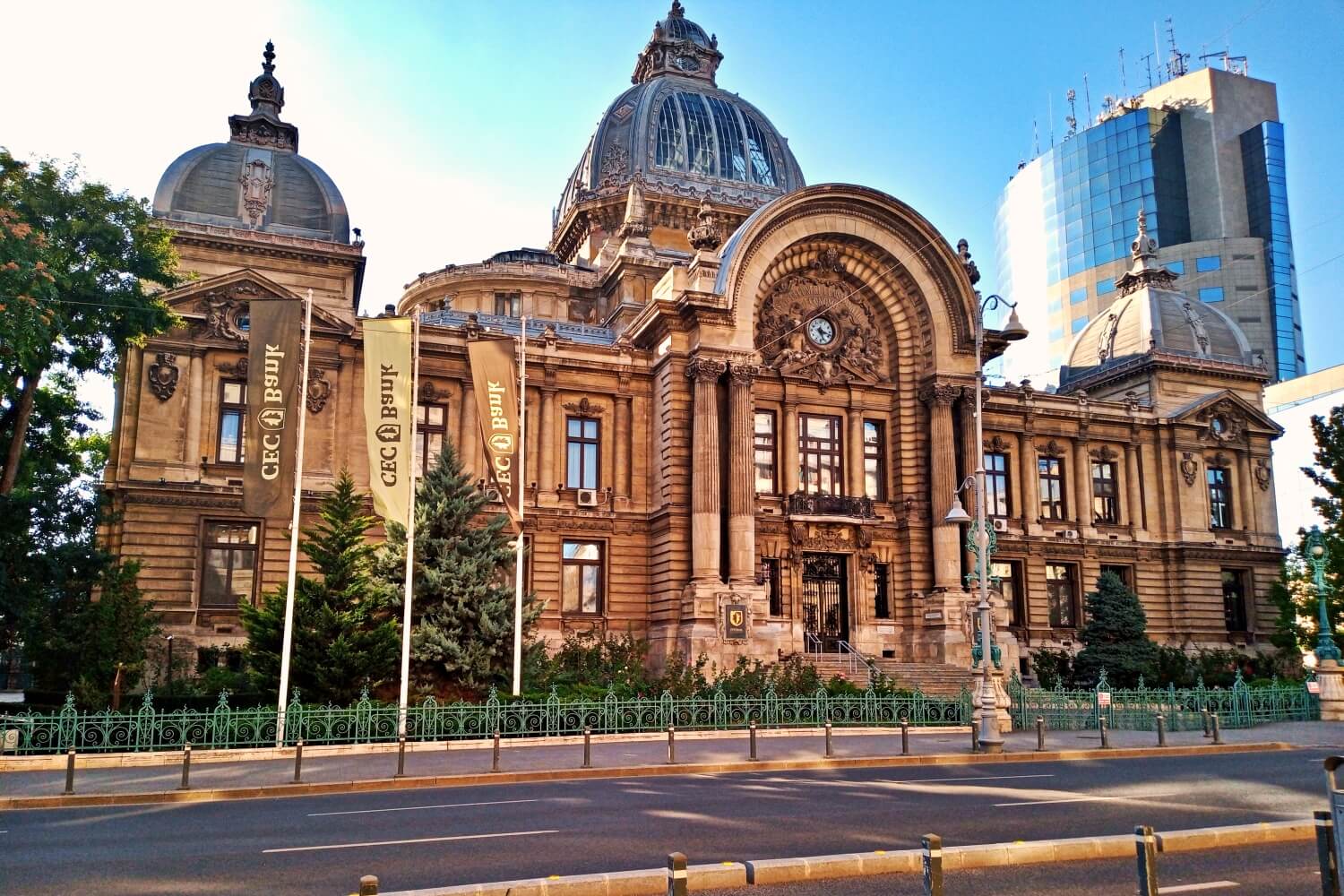
CEC Palace
Municipiul București
2.0km
manor, mansion
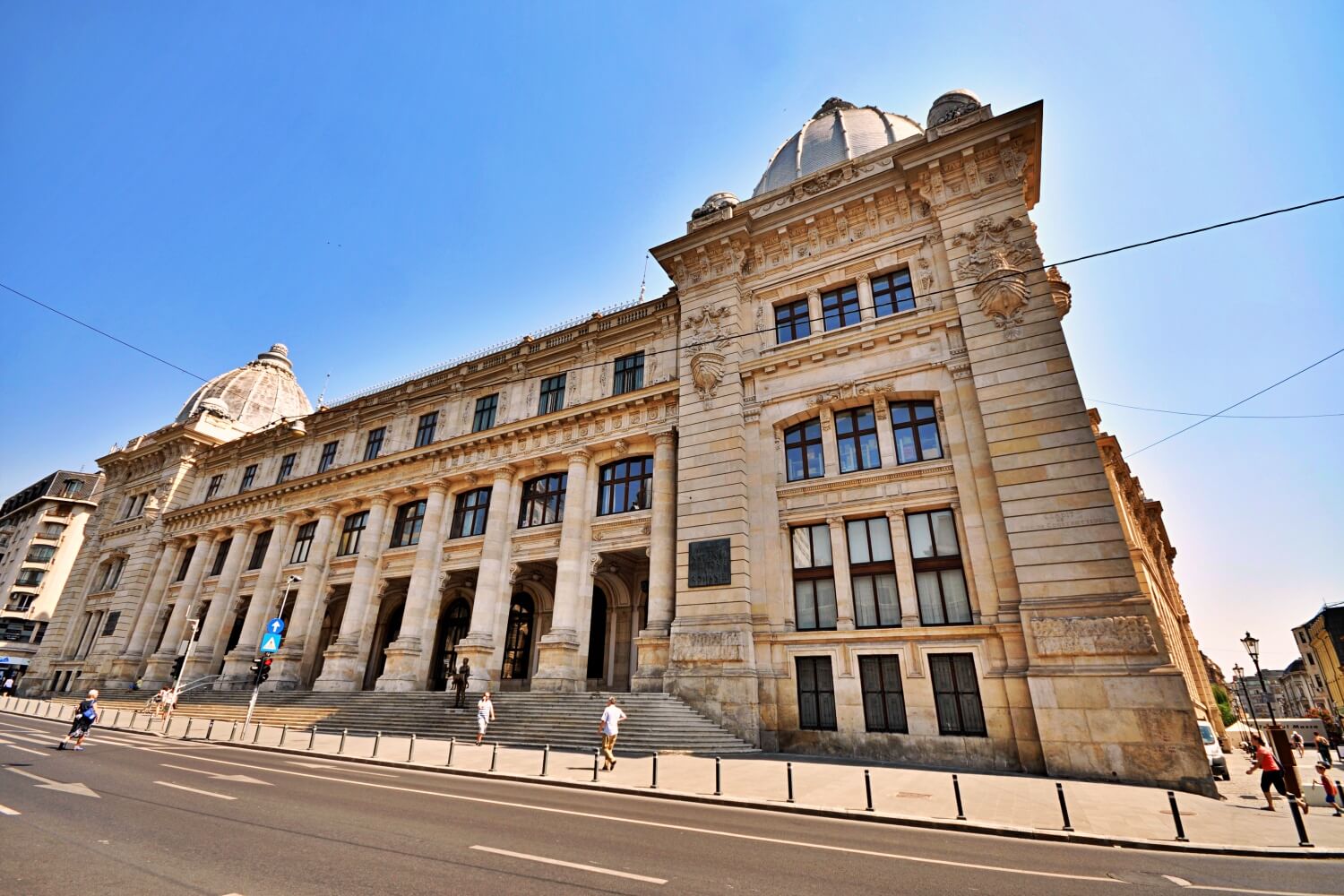
The Postal Service Palace
Municipiul București
2.0km
manor, mansion

Colţea Hospital
Municipiul București
2.0km
castle, chateau
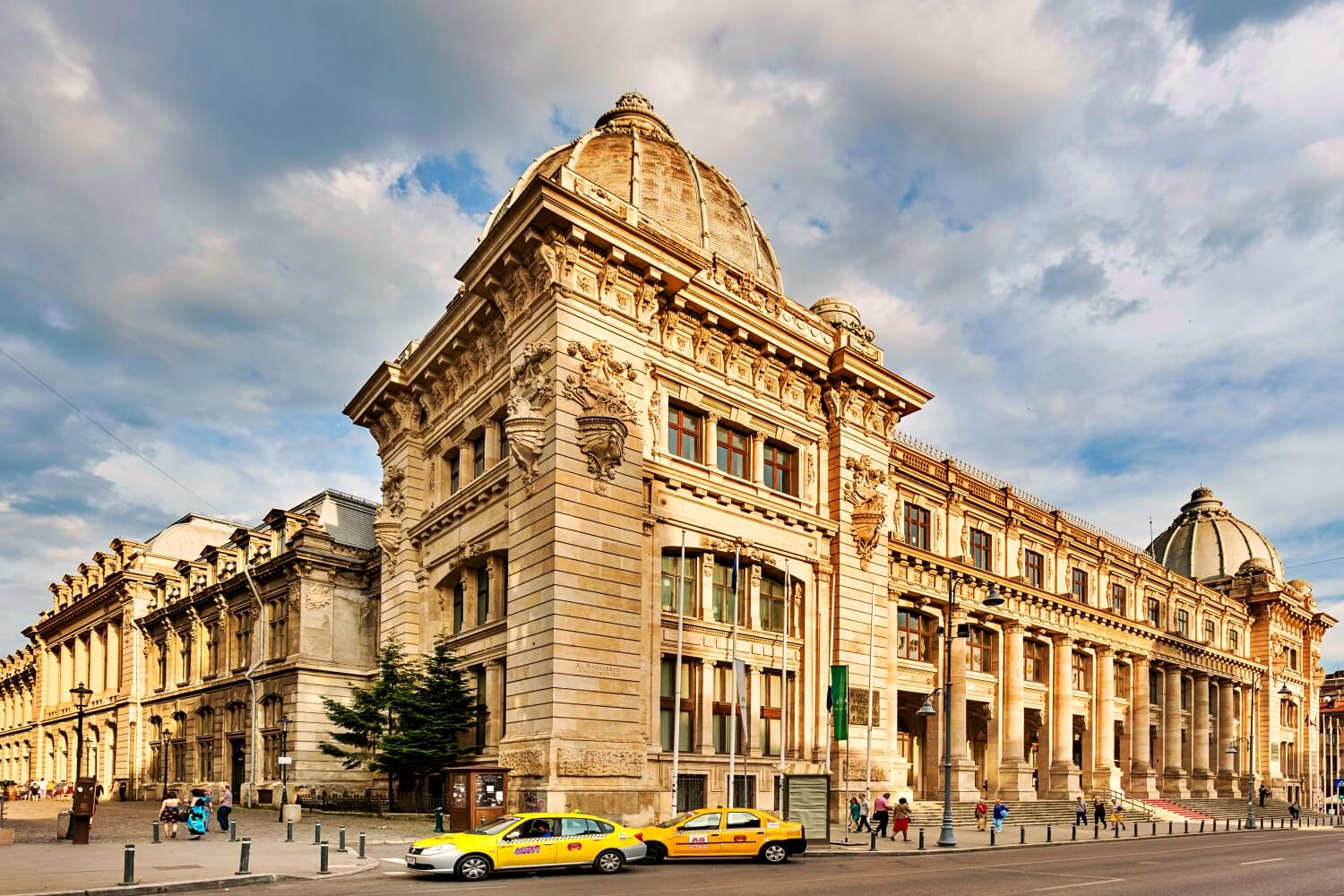
National Museum of Romanian History
Municipiul București
2.0km
castle, chateau


